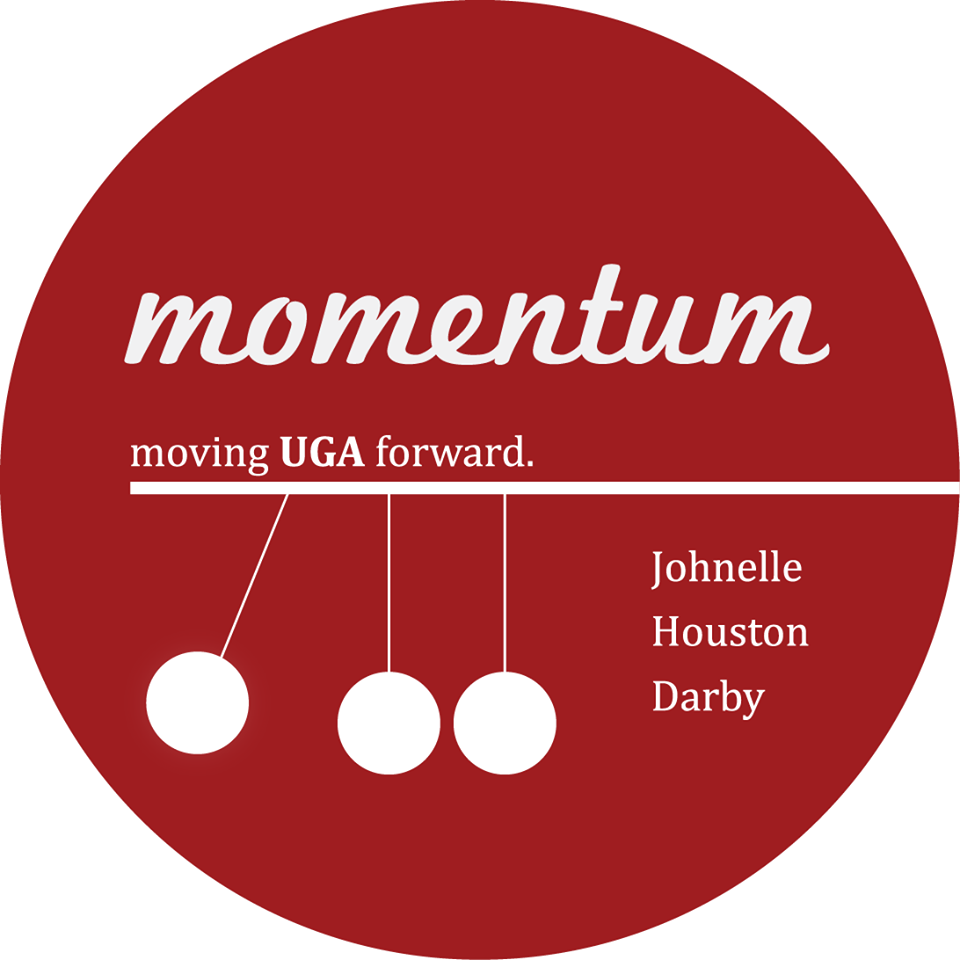By: Greyson Clark
Parts of the student body at UGA would be surprised to hear that SGA elections culminate this week. Some among us were not reached by Twitterstorms; many do not come close to walking near any campaign turf. Somewhat fittingly, given the student body’s seeming lack of interest in the coming election, most debate and conversation about SGA centers on SGA’s relevance and representativeness. This article’s image is a screenshot of the most active discussion thread of the campaign that reflects this general type of discourse, garnering responses from lay people and both tickets.
While these are serious matters (and well-debated), analysis must extend to comparison of campaigns and strategies. If larger, institutional changes are expected, coverage of SGA must include critical analysis beyond simple criticism of SGA as a whole. Because the differences between the two parties (Embark and Reach, for those who haven’t been lucky enough to get struck by a Tweet in the Twitterstorm)
boil down to mere nuance, the overall absence of this type of coverage prevents an unplugged electorate from even distinguishing between the two campaigns.
Members of both Embark and Reach have made a significant effort to distinguish their campaign from the other. Despite this, their presentations are remarkably similar. Only through closer analysis of the underlying rhetoric can any true differences be exposed, and this requires more time and energy than a voter should be expected to give, especially in a political environment dominated by busy and often disinterested university students.
Both tickets’ platforms share two main features. First, Reach’s “action plan” parallels what Embark more simply calls a “platform.” Each of these is a battery of student service proposals, having no real unifying theme. Second, each platform promises some type of increased accountability. This, at least, has some sort of ideological principle. Embark emphasizes “culture change,” while Reach labels a section of their website “Reach In.”
At this surface level of description, the parties seem to have no real difference, reinforcing cynical perceptions. In a closer examination of the two parties’ language however, differences do begin to emerge. Reach encourages students to make “suggestions for SGA” and promotes a interactive website that will “alert us to what students find most important.” Embark’s language is that of “a coalition across UGA to create a comprehensive, multi-year student engagement plan.” Throughout the debate, candidate statements, and websites, this language pattern was repeated by both groups.
Though the difference in the two parties’ rhetoric is subtle, it does reflect Embark’s loftier vision of student engagement. Embark’s ideology incorporates student’s into SGA’s structure. It does not simply represent them. The Embark ticket is more centered on cooperation and empowerment by allowing students to work through SGA. Contrasting this is Reach’s model of an SGA that works for students. It is students’ responsibility to lobby SGA to act as a mediator for their concerns. Although the difference is slight, it is the crucial difference in debate about SGA’s effectiveness and relevance; Embark visions an SGA made up of active students, whereas Reach envisions a trustee-style SGA that indirectly represents student interests.
If either party wanted to capitalize on this difference, it should have sharpened its rhetoric, making apparent the underlying ideological differences between the two campaigns. In fact, the difference in the fundamental vision of each ticket should have been so readily apparent that the uninterested majority of the student body would have felt a connection to one or the other, attracting an untapped electorate.
The two parties’ performance in terms of reaching student voters is reflected in their social media impact. Imagine that the initial levels of Facebook “likes” are the institutionalized vote, those that work for or are linked through association to the campaign. In this case, Embark has more institutional support. The first day that the pages went active, Embark had 506 likes while Reach had 304. Any positive change in these initial numbers would suggest successful outreach strategies and the involvement of non-institutionalized voters. The numbers reflect that Embark did not successfully inspire the disenchanted campus base. In fact, it seems that Reach managed to stir up larger non-institutionalized support. By the end of data collection, Embark stood at 673 to Reach’s 623. With a combined net increase of only 400 likes over two weeks, neither party seems to have successfully made a connection with the untapped electorate.
Through examination of the data and the slight differences in rhetoric, it is clear that neither campaign has been well received by the larger, non-voting student body. Slight presentational differences blur larger ideological differences. Let us hope that the business-as-usual rhetoric will not be matched by comparable performance and initiatives by whichever party emerges victorious.

